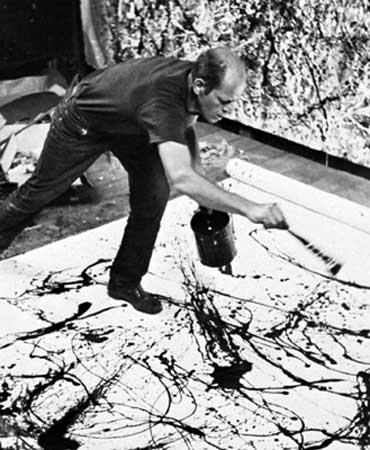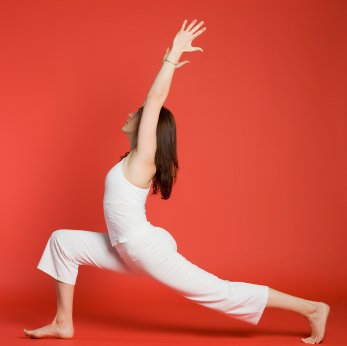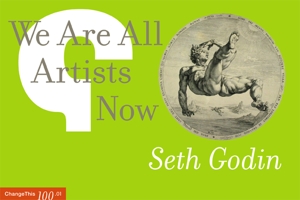Now that we recognize that we should live with a large amount of uncertainty in our lives, and not believe like in the Industrial Age that the world can be made to be certain, how can we find a way to increase the uncertainty we can bear and turn this uncertainty into opportunity?
 Collaboration is the key here. Because through collaboration and creating tribes that can vet our creation, we have a group that can give us feedback before we expose ourselves too much to the world, with which we can discuss any weird idea that come to our mind. We have a group that can funnel to us the information we need to understand the present situation. We can then increase the level of uncertainty we expose ourselves while minimizing risk.
Collaboration is the key here. Because through collaboration and creating tribes that can vet our creation, we have a group that can give us feedback before we expose ourselves too much to the world, with which we can discuss any weird idea that come to our mind. We have a group that can funnel to us the information we need to understand the present situation. We can then increase the level of uncertainty we expose ourselves while minimizing risk.
Actually, collaboration is really a fundamental key to success in the real, complex world. It allows to draw ideas from multiple brains that have been expose to multiple situations and dramatically increase our own capabilities.
Maintaining our social network as a ‘secure base’ with which we can test our latest weird idea is a fundamental capability to explore new possibilities.
Certainty in our world and our lives was an illusion. We now know it can’t work. We now have the tools and the capability to routinely collaborate across continents with hundreds, thousands of people (yes, you also: how many people are you linked with on all your social network tools like Facebook, LinkedIn, etc?). We still don’t take enough advantage of this new capability because we don’t really understand it.
Take advantage of your social network more. Harness this collaborative energy to increase the amount of uncertainty you can cope with – and enjoy a better life while increasing your contribution.









